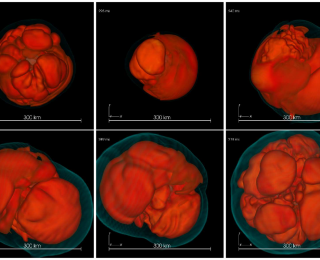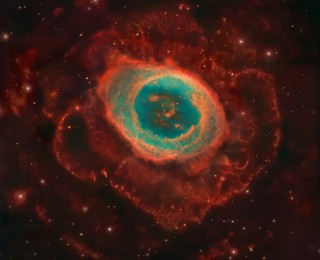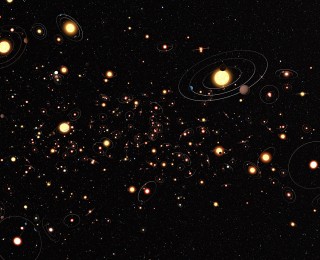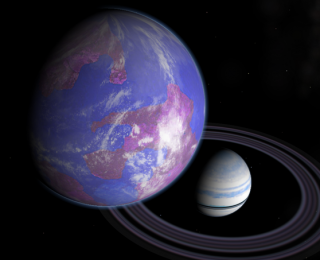
by Shannon Hall | Jul 6, 2013 | Daily Paper Summaries
Recent computer simulations are shedding light on the brightest and most energetic phenomena in the Universe – supernova explosions. A team of researchers at the Max Planck Institute for Astrophysics modeled the formation of neutron stars in three dimensions with unprecedented accuracy, showing that as matter is drawn inward, it sloshes both asymmetrically and in spiral motions. It’s a bold, new look into the center of the supernova explosion and the birth of a neutron star.

by Shannon Hall | Jun 3, 2013 | Daily Paper Summaries
Recent images from the Hubble Space Telescope reveal a much more complex structure of the Ring Nebula than previously thought. The team presents a 3-D model of lobes and rings, with multiple ionization fronts and knots.

by Shannon Hall | May 5, 2013 | Personal Experiences
Most astronomers that I come across on a daily basis – be them undergraduate students, graduate students, or professors – have a never-ending love for astronomy. It can be seen in the late nights worked and their incessant need to talk about their research. I think all authors, here at astrobites, fit this category well. We love astronomy. We love doing research and we especially love talking about it. So I wanted to dedicate a post to this single question: why do you love astronomy? Here’s what a few of the authors have to say.

by Shannon Hall | Mar 10, 2013 | Daily Paper Summaries
It is likely that all exoplanet systems have 4 or more planets orbiting a single star. If we look at the number of specific orbital period ratios for both high multiplicity systems (4 or more transiting planets) and low multiplicity systems (2 transiting planets) we may verify this. We may also make statements about the formation and evolution of planetary systems as well as search for any additional planets.

by Shannon Hall | Feb 10, 2013 | Daily Paper Summaries
Some exoplanets seem to have walked directly out of the best science fiction movies. Taking these planets into example, the question of habitability seems like a joke. But what if we stopped looking at these extreme worlds and turned our eyes to their moons instead? Surely their moons are less extreme. And given that our own Jupiter hosts 67 moons, surely they’re more abundant. Can such extreme planets host habitable moons? The 36-page paper written by Heller and Barnes attempts to address this question.





